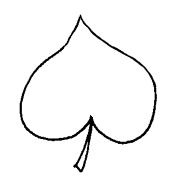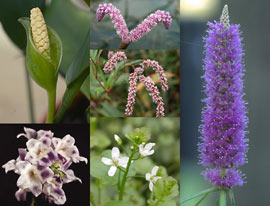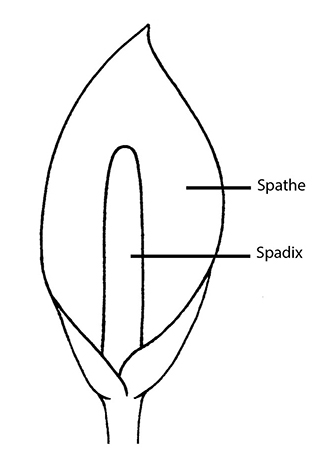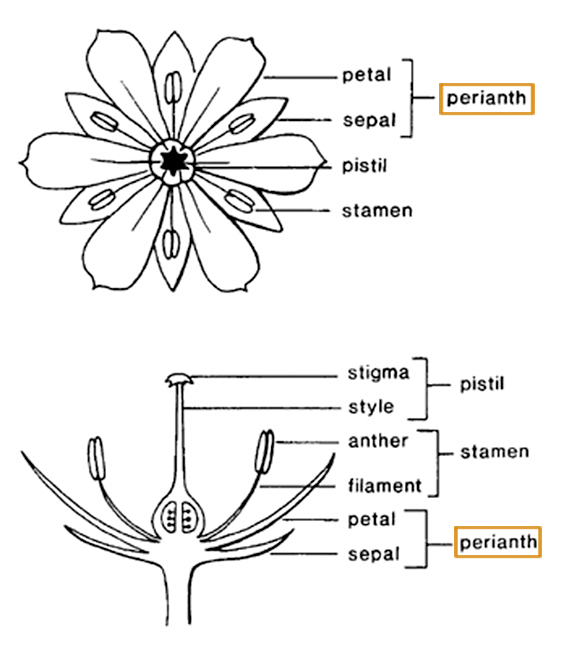Colocasia Schott
elephant ear, taro, yam
Araceae
Peltandra, Sagittaria, Typhonodorum, Urospatha, Zantedeschia
Asia
Six species offered as garden ornamentals and pond plants, plus numerous cultivated hybrids and varieties
Colocasia affinis Schott
C. antiquorum Schott [also offered under the synonyms C. gaoligongensis H.Li & C.L.Long and C. heterochroma H.Li & Z.X.Wei]
C. esculenta (L.) Schott
C. fallax Schott
C. fontanesii Schott [synonym of C. antiquorum Schott]
C. gigantea (Blume) Hook.f.
Americas, Europe, Asia, Australia, Africa
Colocasia esculenta is a troublesome weed of waterways in numerous countries.
large, emergentemergent:
(adj) (syn. emersed) with parts raised out of the water; extending up out of the water
, amphibiousamphibious:
(adj) of a plant able to live on land or in water
, broad-leaved rosetterosette:
(n) a radiating cluster of leaves, usually close to the ground at the base of a plant
 plant
plant
Perennialperennial:
(adj) (of a plant) having a life cycle of more than two years
, with large rhizomatousrhizomatous:
(adj) possessing rhizomes
tubertuber:
(n) un underground storage organ formed from swelling of a stem
. Stem thick, compact. Leaves in rosetterosette:
(n) a radiating cluster of leaves, usually close to the ground at the base of a plant
 , petioles long (> 2m); leaf bladeblade:
, petioles long (> 2m); leaf bladeblade:
(n) (syn. lamina) the flat, expanded part of a leaf, frond, or petal (excluding, e.g., the petiole)
 large, cordatecordate:
large, cordatecordate:
(adj) heart-shaped; in the form of two rounded lobes
 to sagittatesagittate:
to sagittatesagittate:
(adj) shaped like an arrowhead . Inflorescenceinflorescence:
. Inflorescenceinflorescence:
(n) the arrangement of flowers on the floral axis
 a spadixspadix:
a spadixspadix:
(n) a spike of small flowers borne on a thick, fleshy axis
 subtended by a persistentpersistent:
subtended by a persistentpersistent:
(adj) (of leaves etc,) remaining attached; not being dropped or falling off
spathespathe:
(n) a large bract or bracts subtending and often enclosing an inflorescence
 ; female flowers at base of spadixspadix:
; female flowers at base of spadixspadix:
(n) a spike of small flowers borne on a thick, fleshy axis
 , males at apexapex:
, males at apexapex:
(n) the point farthest from the point of attachment; the tip (often pointed)
, with sterilesterile:
(adj) lacking male and/or female reproductive parts; not producing fruit, seed, pollen, spores, etc.
flowers between them. Perianthperianth:
(n) collective term for the calyx and corolla of a flower; also used for floral whorl(s) in which the calyx and corolla cannot be resolved; any of the leaves or bracts surrounding the sex organs of bryophytes
 absent; anthers united. Dispersal by edible berries.
absent; anthers united. Dispersal by edible berries.
shallow water and wet ground of all types of lowland waterways; tropical
For thousands of years the large tubers of Colocasia esculenta have been used as a staple starchy food in numerous tropical countries in Africa, Oceania, Asia, and Central and South America. Numerous varieties are cultivated for gardens.